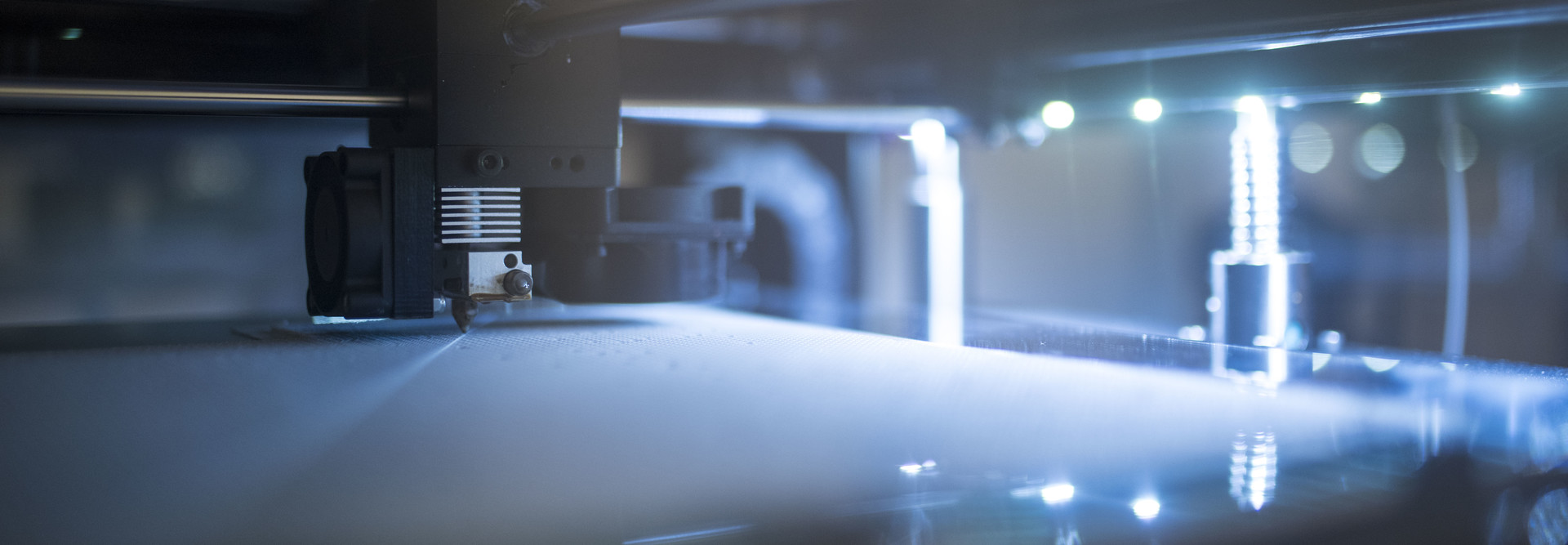Cancer Research Tactics Help Thwart 3D Printer Tampering
In the wake of the growing scope and sophistication of cyberspace, 3D printers are becoming vulnerable to hacking attempts — a disturbing development given that many critical infrastructure applications require the creation of 3D models with uncompromised structural integrity.
However, researchers at Rutgers University-New Brunswick and the Georgia Institute of Technology (Georgia Tech) have adapted cancer-imaging techniques and deployed sensors and microphones to detect instances of tampering with a 3D printed object.
SIGN UP: Get more news from the HealthTech newsletter in your inbox every two weeks
Tumor Detection Principles Apply to 3D Models
Doctors can do in vivo detection of tumors with nanoparticles that bind to those tumors so that they can be displayed through an optical imaging modality.
The Rutgers-Georgia Tech research team applied the same principle to image a 3D printed model by barcoding filament with contrast agents — i.e., gold nanoparticles. They then used chemistry techniques to map the 3D model so that the location of the nanoparticles could be plotted.
“If the location of the nanoparticle is different from the predicted location, then one can assume the model has been tampered with,” explains study co-author Mehdi Javanmard, an assistant professor of electrical and computer engineering at Rutgers-New Brunswick.
In this instance, the researchers chose gold nanoparticles in lieu of other contrast agents because they have very well-characterized absorption spectra in the visible and near-infrared range.
Motion and Sound Tracking Identify Anomalies
Rather than focusing on software, which doesn’t provide foolproof protection against cyberattacks, Javanmard’s team members concentrated on physical printer components, such as the extruder or arm through which filament passes to create a designed object.
To ensure that an external extruder isn’t interfering with the printer controller, they used sensors to track extruder motion and microphones to track printer sounds.
“This solution can very effectively detect deviations from the desired movement of the printer nozzle,” says Javanmard.
It takes some unique skills and knowledge to find the kinds of damage that a hacker can wreak on a 3D printer. Luckily, the multidisciplinary Rutgers-Georgia Tech team had those capabilities, with expertise ranging from cybersecurity and cyber-physical systems to spectroscopy and nanotechnology. The resulting study has laid the foundation for building a platform technology to identify key 3D printer hacks.









